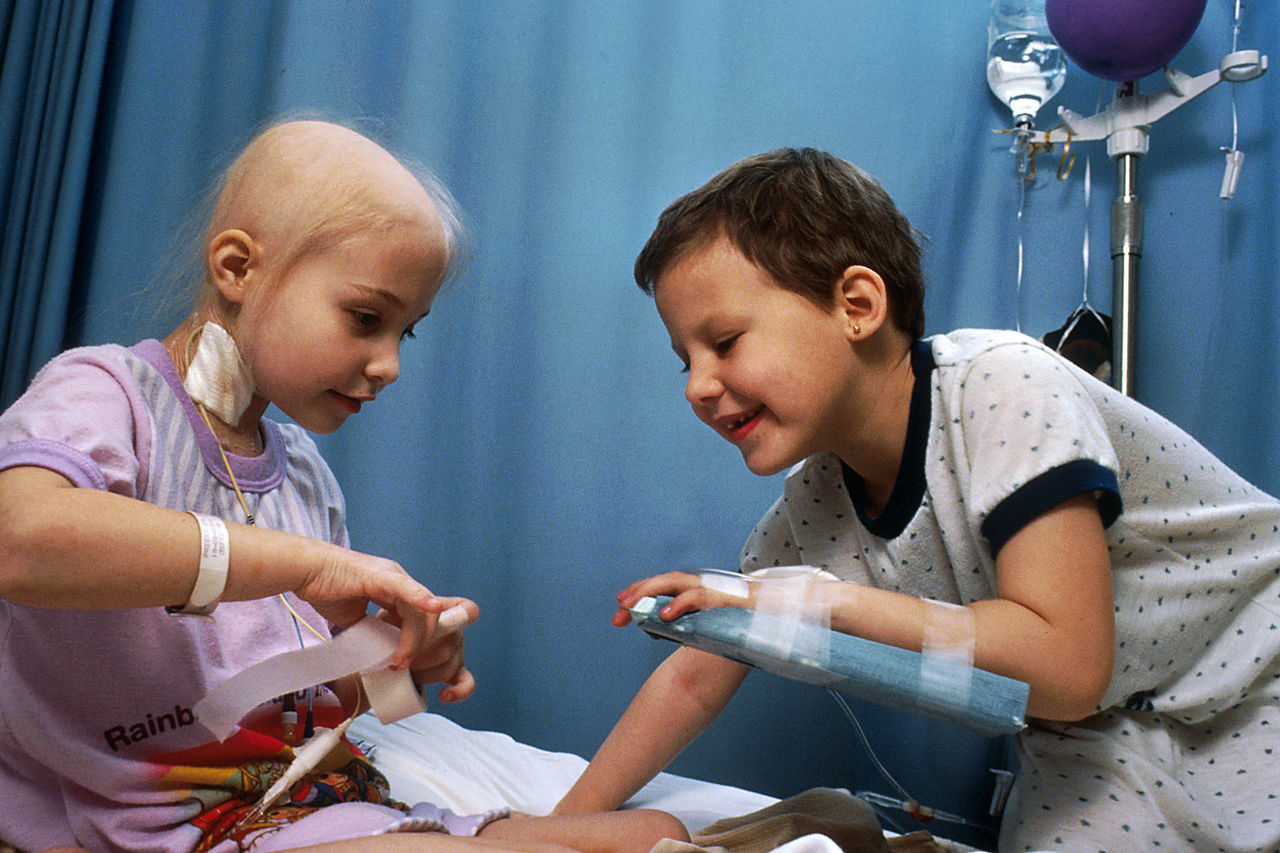KUALA LUMPUR, Jan 10 — Leukaemia incidence has declined among Malaysian adolescents across gender from the 2007 to 2011 period, to the 2012 to 2016 timeframe, a new survey revealed.
Leukaemia is no longer among the top three most common cancers for Malaysian women aged 15 to 24, or the most popular cancer in men of that same age group, according to the Malaysia National Cancer Registry Report (MNCRR) 2012-2016 .
From 2007 to 2011, leukaemia — a type of blood cancer that affects your bone marrow, which makes blood — was the main cancer in both sexes for children below the age of 14, in males aged 15 to 24, and the second most common cancer in females of the latter age group.
According to the MNCRR 2012-2016, however, leukaemia is no longer part of the top three most common cancers in women aged 15-24, dropping two places to fourth place, while in men of the same age range, leukaemia is now the second most common cancer, dropping one spot. It is still the most common cancer among children.
But lymphoma — a cancer of the lymphatic system, which is part of the body’s germ-fighting network — is now the most common cancer in Malaysian young adults. It was previously the second most common cancer in men aged 15-24. Lymphoma remains the third most common cancer in children.
The most common cancers in men aged 15 to 24 previously — as reported in the MNCRR 2007-2011, which collected data on cancer trends during the five-year period — were leukaemia, making up 23 per cent of cases, followed by lymphoma (20.9 per cent), and bone cancer (9.4 per cent). In females, the most common cancers used to be lymphoma (17.7 per cent), leukaemia (15.3 per cent), and ovarian cancer (14.5 per cent).
The last MNCRR now puts the most common cancers in males aged 15 to 24 as lymphoma (24.2 per cent), followed by leukaemia (19.3 per cent), and testicular cancer (12.4 per cent). In adolescent females, on the other hand, the most common cancers now are lymphoma (21.1 per cent), thyroid (14.8 per cent), and ovarian cancer (13.2 per cent).
Meanwhile, in children, the main cancers from 2012 to 2016 were leukaemia (41.4 per cent in males, 37.9 per cent in females), followed by brain and nervous system (14.6 per cent in males, 15.8 per cent in females), and lymphoma (13.4 per cent in males, 7.7 per cent in females).
There was a drop in leukaemia cases in children, and in the brain and nervous system and lymphoma cancer cases for female children, but slight incidence increases for brain and nervous system and lymphoma cancer cases for male children. The three cancers are still the three most common cancers for children.
Interestingly, the number of childhood cancer cases, from ages zero to 18, did not increase. The collective figure remained at 3,829 cases from 2007 to 2011, and 2012 to 2016, with 2,131 (55.7 per cent) cases comprising males and 1,698 (44.3 per cent) cases involving females. No changes were recorded here as well.
For men and women aged 25 to 59, the most common cancers for both genders are still colorectal and breast, respectively. Incidences in nasopharyngeal cancer and cervix cancer decreased slightly in men and women, respectively. Colorectal cancer incidence in women saw a slight increase.
For the 60 to 74 age group, colorectal cancer jumped one spot over lung cancer to be the most common cancer in males, while prostate cancer was in third place, with a slight increase in incidence. In females, the most common cancers are still breast, colorectal, and lung — breast and lung cancers recorded small increases in incidence, but colorectal cancer incidence saw a small decline.
Among Malaysians aged 75 years and above, cancer of the colorectal is now the most common cancer in males, followed by lung and prostate cancers. In females, colorectal cancer incidence was the most common, followed by cancer of the breast, and lung. Slight increases of cancer incidences were recorded for women in this group, except for breast cancer that recorded a slight increase.








